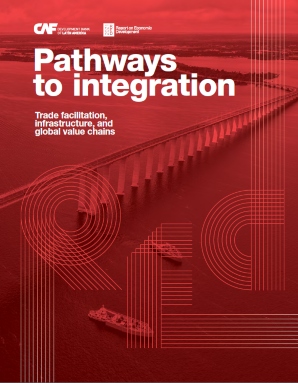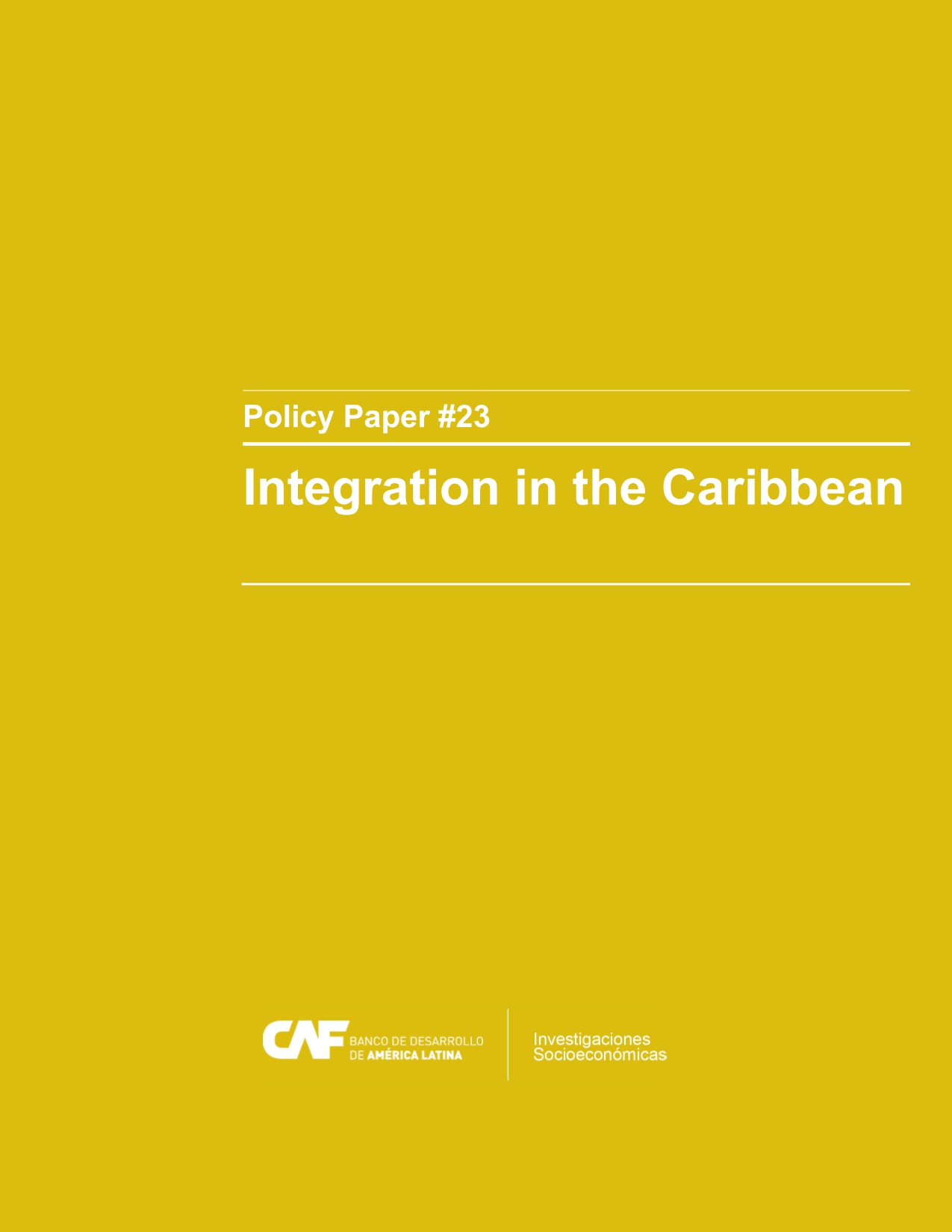Pathways to integration: trade facilitation, infrastructure, and global value chains
Resumo
Over the last 30 years, most Latin American countries have unilaterally and multilaterally implemented trade liberalization policies within regional and extra-regional trade agreements, resulting in a reduction of tariff and non-tariff barriers. The results were somewhatndisappointing. Trade and investment raised modestly, not matching the expectations of more substantial gains on growth and welfare. One reason for this is that trade liberalization did not generate high and sustained increases in intraregional trade.
This report explores the hypothesis that the low participation of Latin America firms in international trade ows is partly due to the limited use of regional trade as part of a strategy of global export expansion. This hypothesis focuses on the feedback between regional and global openness, or what has been called «open regionalism.» To achieve greater regional and global integration, the report proposes initiatives in three speci c areas: trade facilitation, physical infrastructure, and productive integration.
Assunto
ISBN
978-980-422-274-0Data
2022-06-02Cite esta publicação
Item que pertence à coleção

Autor
Sanguinetti, PabloMoncarz, Pedro
Vaillant, Marcel
Vaillant, Marcel
Allub, Lian
Juncosa, Federico
Barril, Diego
Cont, Walter
Lalanne, Álvaro
Items Relacionados
Integration in the Caribbean
Trade and economic integration improve welfare and productivity through several channels. Trade increases market size to export and import, promotes ...
The Asymmetric Impact of Trade Shocks on Rural and Urban Areas: Evidence from Chile
This paper examines the causal effects of trade shocks on local labor markets (LLMs), with a focus on the rural–urban divide. In particular, it analyzes ...
RED 2018: Institutions for productivity: towards a better business environment
In the last decades, many countries in Latin America have experienced a shift in policies towards the pursuit of common objectives that can be deemed ...





